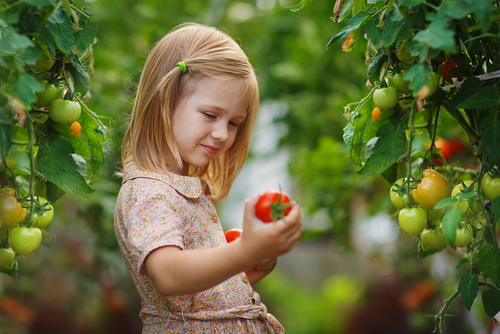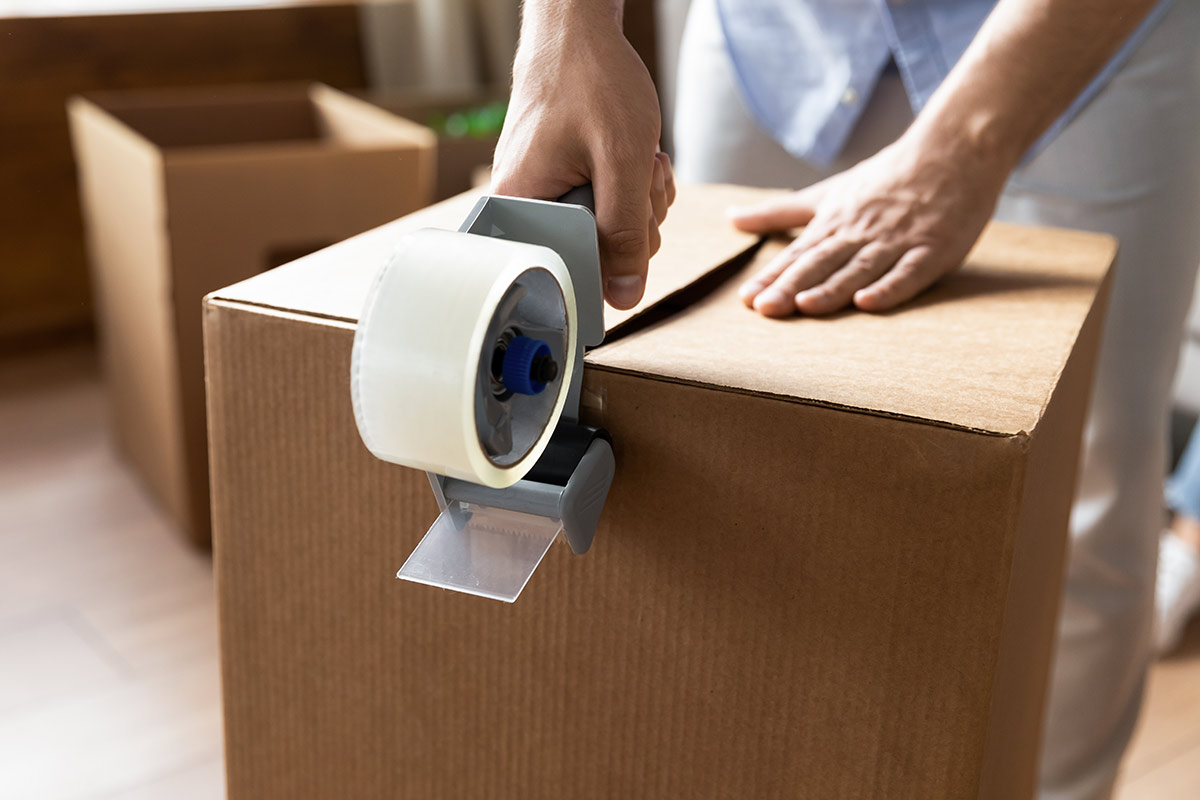You don’t need a lot of space to bring the magic of a sensory garden into your home. Raised bed gardening removes the need for large land areas for gardening, by allowing you to grow your plants wherever you have space.
Raised bed gardening also reduces the need for weeding and pest control, keeping your garden well-organized, which is essential when creating a sensory garden. You can build a raised bed from all sorts of different materials, but for an eco-friendly option, try recycling shipping drums.
Shipping drums come in all shapes and sizes, they are waterproof, airtight, and durable, making them the ideal material to use in the garden. When sourcing shipping drums for your garden, 55-gallon plastic drums are the most versatile option. But, before you can start using your green thumb to create some sensory magic, you must prepare your drums.
Preparing Your Shipping Drums
There are a few ways you can use your shipping drums in the garden, but to get the most out of this versatile material, you should prepare your drum by trimming and shaping it to size. For a sensory garden, the best way to incorporate shipping drums is by constructing planters, raised beds, and vertical garden structures.
Planters
You can create different sized planters simply by cutting the drums at different heights. Mark where you want to cut the barrel by holding a marker steady, and spinning the barrel to get an even line all the way around the drum.
Cut along the mark using a fine-toothed jigsaw. For large planters, simply cut the top off the drum. For two smaller planters, cut the drum in half, leaving the top intact, as it will become the bottom of the planter.
Deburring is optional. However, to avoid scratching little fingers, use a deburring tool to remove the rough edges along the lip of the drum.
Create drainage holes by drilling into the bottom of the planter using a large drill bit. This is an important step to protect delicate root systems from rot, bacteria, and fungus. You can then raise the planters on cement blocks or attach trimmed two-by-fours to the bottom.

Raised Beds
Poly shipping drums make excellent material for raised garden beds because of the strength and durability of the drum walls. This means they can contain soil and plants safely within the bed, and keep out pesky weeds.
To create in-ground, raised garden beds, use the same process for cutting and deburring your drums to make planters, but cut the barrel at 6 – 10-inch intervals to create open-ended rounds.
You can position the rounds on top of already existing garden beds. Or, if you want to limit the amount of digging and weeding you need to do, lay cardboard over grass and place your rounds on top. You can then fill the plastic rounds with fresh potting soil, and plant your plants directly in there.
Another more complex version of raised bed gardening is with a plastic shipping barrel vertical garden. This method is a self-sustaining, all-in-one system that incorporates compost, a worm farm, and garden bed.
What to Plant in Your Garden
A good sensory garden will have a variety of plants to stimulate all the senses. But, you will also need to choose plants that can withstand pulling and prodding, since the aim of a sensory garden is to allow kids to touch, smell, and taste the plants. Here are some suggestions for plants to engage all your kids’ senses.
For furry, fluffy soft plants your kids won’t be able to resist touching, try planting Lamb’s ear, Pampas grass, pussy willow, and varieties of moss. To give the kids a real thrill, plant snap dragons or Mimosa pudica (Sensitive plant) that react when you touch them.
There are a huge variety of fruits, vegetables, and edible herbs to choose from, but for a selection of easy-to-grow plants that sprout early and often (kids can get impatient), try cherry tomatoes, sugar snap peas, radishes, strawberries, peppermint, and basil.
In addition to sweet-smelling flowers like jasmine, lavender, and rose, herbs are wonderful for children to experience new smells. Encourage them to rub the leaves between their fingers to release the aroma. Try herbs like sage, rosemary, and lemon balm.
Sounds are a little harder to come by, but if you plant sunflowers or flowering berries, you will soon hear the buzzing of busy bees. A bird feeder is also a wonderful addition to the garden to attract local birds and add birdsong to your sensory garden.
To create visual texture in your garden, consider what kind of plants will be visible in each season. Spring brings plenty of colors, but plant evergreen plants, bulbs, vines, and ornamental grasses to keep your garden visually appealing during fall and winter.

Remember…
Though shipping drums are a great resource and an eco-friendly way to reuse materials, drums are often used to transport hazardous chemicals. So, it is important to thoroughly clean and vent the drums before use to keep the garden safe for your family.
Also, think about the kind of fertilizer and pest control to use in the garden. Kids will generally put hands and plants straight into their mouths without a second thought, so going organic is the best way to ensure your family stays healthy while enjoying the sensory garden.











